How are rigid paper boxes manufactured?
Need packaging that protects and impresses? Flimsy boxes often fail, damaging products and your brand's image. Rigid boxes provide the strength and premium feel customers appreciate.
Rigid boxes are made by wrapping and gluing a thin cover material (like paper) around a thick, rigid core board (like greyboard or chipboard). This structure is then precisely folded and formed, often using specialized machinery.

Understanding the basics is a good start. But there's much more to creating these high-quality boxes efficiently and consistently. At Kylin Machine, we've spent years perfecting this process. Let's explore the specific steps, materials, and techniques involved in bringing these premium boxes to life for businesses like yours. We'll look at how technology makes a difference.
How to manufacture rigid boxes?
Want consistent, high-quality rigid boxes for your products? Manual assembly can be slow, inconsistent, and costly. Automated machinery offers the precision and speed needed for professional results.
Manufacturing rigid boxes involves cutting greyboard, grooving it for sharp folds, pasting corners, precisely positioning the wrap paper onto the glued board using systems like robotic spotters, and finally wrapping and folding the edges.

The process of creating a rigid box, especially at scale for businesses, relies heavily on precision and efficiency. It's more than just folding cardboard; it's a sequence of carefully controlled steps. Here at Kylin Machine, we specialize in the machinery that makes this possible. Let's break down the typical automated production flow:
Material Preparation
First, you need the core components. Large sheets of greyboard (or chipboard) are cut to the specific size required for the box base and lid. Then, a crucial step is grooving. Machines cut V-shaped or U-shaped grooves partway through the board where the folds will be. This allows for sharp, 90-degree corners and clean edges, which is a hallmark of quality rigid boxes. Simultaneously, the wrap paper is prepared, often printed or finished beforehand, and cut to size, allowing extra material for wrapping around the edges.
Box Forming and Wrapping
The flat, grooved greyboard needs its corners joined to form the box shape. An automatic corner pasting machine applies heat-activated tape to securely join the corners, creating the initial tray structure. Next comes the critical positioning step. Glue is applied to the wrap paper. Then, the formed greyboard structure must be placed perfectly onto the glued wrap. This is where high technology like our Robotic Spotter systems shines. They use cameras and robotic arms to achieve incredible accuracy (often within ±0.1mm), ensuring the wrap is perfectly aligned every time. This precision is vital for a professional look and minimizes waste.
Finishing
Once the board is spotted onto the wrap, an automatic rigid box maker takes over. It carefully folds the wrap paper up the sides of the box, tucks in the corners, and folds the edges over the top rim of the greyboard, pressing firmly to ensure adhesion. This creates the finished, wrapped base or lid. For complex designs or specific requirements, our Hybrid machines offer flexibility, combining robotic spotting with other forming techniques. This entire automated process ensures speed, consistency, and the high-quality finish demanded by brands using rigid packaging.
| Step | Manual Method | Automated Method (e.g., Kylin Machine) | Benefit of Automation |
|---|---|---|---|
| Greyboard Cutting | Manual Cutter / Die Cutter | Automatic Sheeter / Slitter | Speed, Consistency |
| Grooving | Manual Groover / Die Cut | Automatic Grooving Machine | Speed, Sharp/Clean Folds |
| Corner Pasting | Manual Taping/Gluing | Automatic Corner Pasting Machine | Speed, Strength, Consistency |
| Wrap Positioning | By Eye / Simple Jigs | Robotic Spotter System (Camera Guided) | High Precision (±0.1mm) |
| Wrapping/Folding | Hand Folding | Automatic Rigid Box Maker / Hybrid Systems | Speed, Consistency, Quality |
What are rigid boxes made of?
Confused about what gives rigid boxes their solid feel and premium look? Using unsuitable materials results in weak boxes that don't convey quality. Understanding the core components ensures you get the right results.
Rigid boxes primarily consist of a thick core board (usually dense greyboard or chipboard) for structure and a thinner outer wrap material (like paper, specialty paper, or fabric) for appearance. Glue is used to laminate these together.
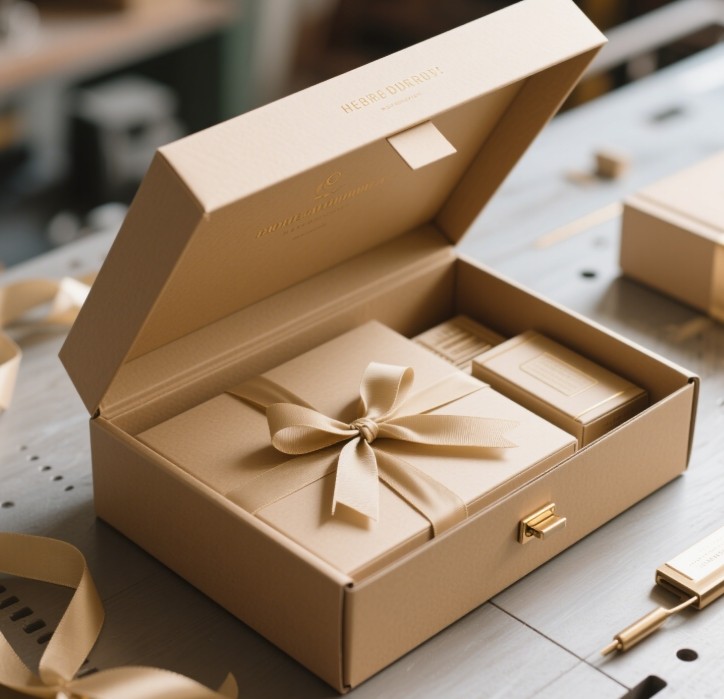
The distinct feel and strength of a rigid box come from its layered construction. It's fundamentally different from a folding carton. While folding cartons are typically made from a single layer of paperboard, rigid boxes rely on combining two key materials. Let's look closer at what goes into them:
The Core: Chipboard/Greyboard
This is the heart of the rigid box, providing its namesake rigidity and structure. It's a dense, thick paperboard made from recycled paper pulp pressed into sheets.
- Thickness: Measured in grams per square meter (GSM) or points (pt), common thicknesses range from 800gsm (around 1.2mm) up to 2000gsm (around 3mm) or even more, depending on the required strength and size of the box. A thicker board means a stronger, more substantial-feeling box.
- Properties: It's strong, resistant to bending, and provides excellent protection. Its surface isn't usually meant to be seen, as it gets covered by the wrap. The quality of the greyboard affects how cleanly it grooves and folds. We always advise clients to source good quality board for optimal results with our machines.
The Wrap: Options and Effects
This is the material laminated onto the outside (and sometimes inside) of the greyboard core. It determines the box's final appearance and texture.
- Types: The most common wrap is paper. This can range from simple coated art paper (often printed with graphics) to textured specialty papers, embossed papers, foiled papers, or even fabric-like materials or thin leatherette.
- Finishes: Various printing techniques (offset, digital) and finishes (lamination, UV coating, foil stamping, embossing) can be applied to the wrap paper before it's laminated to the board, allowing for endless branding and design possibilities. The choice of wrap significantly impacts the perceived value of the packaging. [Placeholder: Share a story about a client choosing a unique wrap material].
Adhesives: Holding it Together
Glue is the unseen but vital component.
- Types: Both hot-melt glue and cold PVA (polyvinyl acetate) glue are used. Hot melt offers fast setting times, ideal for automated high-speed lines. Cold glue often provides a stronger, more permanent bond but takes longer to dry. The choice depends on the specific application, materials being used, and the machinery involved. Our machines are designed to work efficiently with appropriate adhesives.
| Material Component | Common Options | Key Function | Considerations |
|---|---|---|---|
| Core Board | Greyboard, Chipboard (800gsm - 2000gsm+) | Structure, Rigidity | Thickness = Strength & Weight |
| Wrap Material | Art Paper, Specialty Paper, Fabric, Leatherette | Aesthetics, Texture | Printability, Finish, Cost |
| Adhesive | Hot Melt Glue, Cold PVA Glue | Lamination, Bonding | Setting Time, Bond Strength, Cost |
How to make a rigid gift box?
Need packaging that truly elevates your product into a special gift? Standard boxes often feel generic and lack that 'wow' factor. Rigid gift boxes provide the customization and luxury feel required.
Making a rigid gift box uses the same core manufacturing process but emphasizes high-quality materials, flawless finishing, and often includes special features like magnetic closures, ribbons, or custom inserts to enhance the gifting experience.
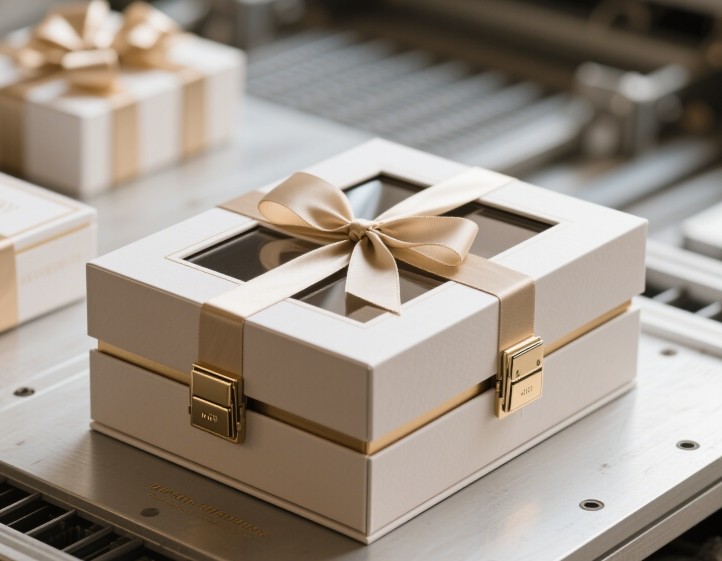
When a rigid box is intended as gift packaging, the standards for quality and presentation go up significantly. While the fundamental steps of cutting, grooving, wrapping, and forming remain the same, the focus shifts towards creating a premium experience. Here’s how we help clients achieve that luxury feel:
Achieving the Luxury Feel
The choice of materials becomes even more critical. For gift boxes, clients often opt for thicker greyboard for a more substantial weight and feel. The wrap paper might be a premium specialty paper with unique textures, soft-touch lamination, or metallic finishes. Precision in manufacturing is paramount. There's no room for error with misaligned wraps or imperfect corners on a luxury gift box. This is where the accuracy of automated systems, like our robotic spotters ensuring perfect wrap placement, becomes indispensable. Cleanly grooved and sharply folded edges contribute significantly to the high-end perception.
Customization Options
Gift boxes are often highly customized. This goes beyond just printing.
- Inserts: Custom-designed inserts made from foam, paperboard, or thermoformed plastic are common. They hold the product securely and present it beautifully when the box is opened. Designing the box structure to accommodate these inserts is part of the process.
- Closures: Magnetic closures embedded within the box walls and lid provide a satisfying snap closure, adding a touch of sophistication. Ribbon ties are another popular option for a classic gift feel.
- Unique Shapes: While standard shoe-box styles (base and lid) are common, rigid boxes can be made in clam-shell styles, drawer styles (slipcases), or hinged-lid designs, offering different unboxing experiences. Our machinery can be adapted for various styles.
Finishing Touches
Small details make a big difference. Techniques like foil stamping (adding metallic logos or accents), embossing (raising parts of the design), debossing (indenting parts of the design), or spot UV (applying a glossy coating to specific areas) on the wrap paper elevate the box from simple packaging to a memorable part of the gift itself. Ensuring these finishes align perfectly with the box structure requires the consistent precision that automation provides. [Placeholder: Mention a time Kylin helped a customer integrate a complex finish]. Making a successful rigid gift box is about combining quality materials, precise manufacturing, and thoughtful design elements.
Conclusion
In essence, rigid boxes combine sturdy greyboard with decorative wrap paper. Manufacturing involves precise cutting, grooving, forming, and wrapping, often using automated machinery like ours at Kylin Machine for top quality.
Need help finding the right machinery for your rigid box production? I'm Jacob from Kylin Machine. We specialize in high-tech solutions like robotic spotters and hybrid machines for businesses worldwide. Visit us at www.kylinmachines.com to learn more.



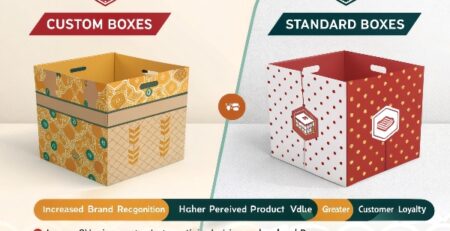

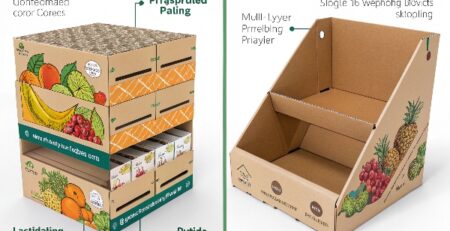

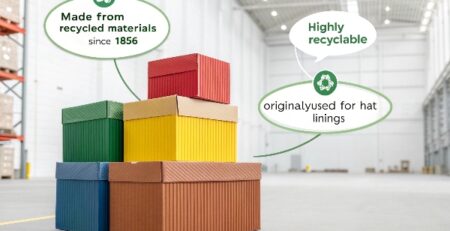
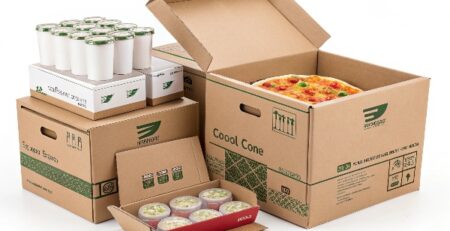
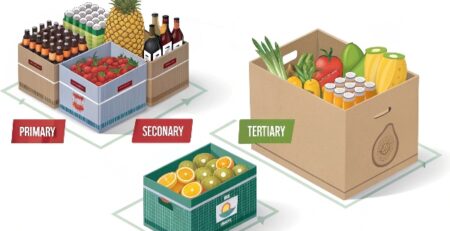
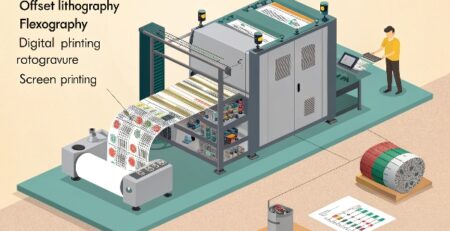
发表回复